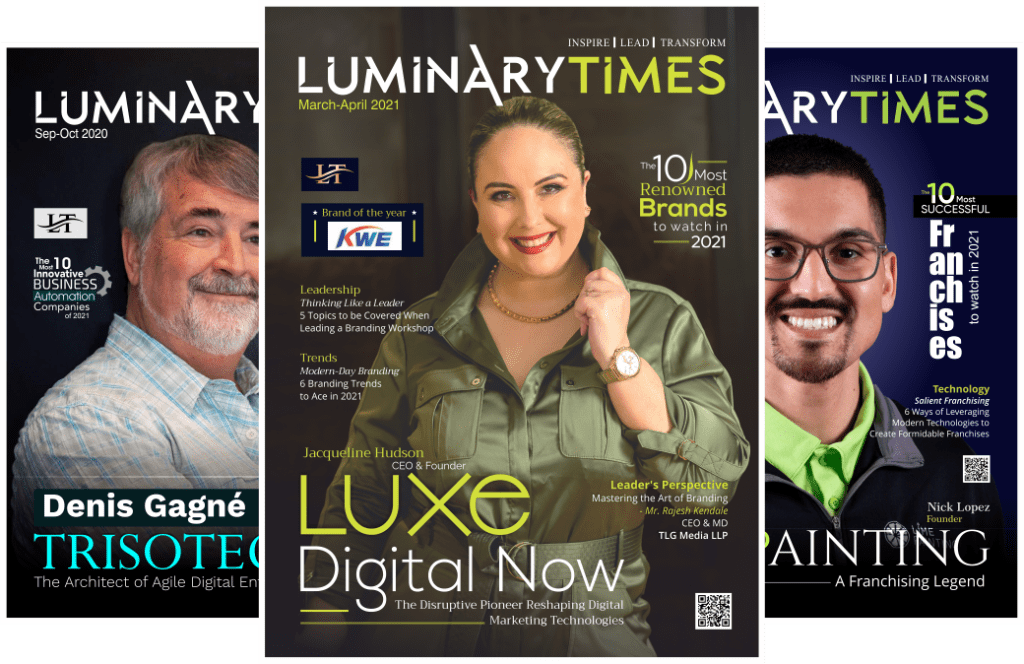User Research, or UX Research, is a booming field that every UX designer should know about. If you don’t take the time to engage with real users, how else would you know what they need or struggle with?
To conduct User Research, there are various observational techniques, task analysis, and other feedback methodologies you can use to help improve the usability of your product and service. It’s an interactive process that’s typically done at the beginning of a project. But that is also very valuable throughout, right up to the end when you conduct user testing with real users to refine your finished product.
In this article, we’ll cover the importance of User Research and the techniques or methods you can use for User Research to gather valuable data. Whether you’re new to User Research, or need some inspiration for new methods to try out in your projects, we’ve got you covered.
The importance of User Research
“Empathize” is the first step in the design thinking process, and User Research is one of the best ways to do that.
It helps you understand your target audience, their needs and wants, and how they currently do things. By involving potential users from the start, you can ensure there’s actually a demand for your product and position it better in the market. Placing people firmly at the center of your process and putting yourself in their shoes is the only way to design something that’s relevant and a delight to use.
It also improves the usability of your product. Digging into user preferences might encourage design tweaks that enable you to design a product that’s not only easy, but also a delight to use. It also helps in delivering a great user experience in the process. These days, user-centered design is crucial in creating a successful product in a competitive market.
Finally, User Research helps you understand your product’s return on investment (ROI). Stakeholders might still be reluctant to invest in User Research because it doesn’t feel that tangible. There are many User Research techniques, a lot of them surprisingly easy and cheap — that are usually divided into qualitative and quantitative methods.
When to Perform User Research Methods?
Guided by the user-centered design (UCD) process, we have provided examples of the types of research could perform at each phase of your project. A methodology may appear in one or in several phases.
| Methods | Know Your User | Content | Design | Test & Refine |
|---|---|---|---|---|
| Card Sorting – Allows users to group your site’s information. This helps to ensure that the site structure matches the way users think. | YES | YES | NO | YES |
| Contextual Interviews – Enables you to observe users in their natural environment, giving you a better understanding of the way users work. | YES | NO | NO | NO |
| First Click Testing – A testing method focused on navigation, which can be performed on a functioning website, a prototype, or a wire-frame. | NO | YES | YES | YES |
| Focus Groups – Moderated discussion with a group of users, allows you to learn about user attitudes, ideas, and desires. | YES | YES | YES | NO |
| Heuristic Evaluation/Expert Review – A group of usability experts evaluating your website against a list of established guidelines. | YES | NO | NO | YES |
| Individual Interviews – One-on-one discussions with users show you how a particular user works. They enable you to get detailed information about a user’s attitudes, desires, and experiences. | YES | YES | YES | YES |
| Parallel Design – A design methodology that involves several designers pursuing the same effort simultaneously, but independently, with the intention to combine the best aspects of each for the ultimate solution. | NO | NO | YES | NO |
| Personas – The creation of a representative user based on available data and user interviews. Though the personal details of the persona may be fiction, the information used to create the user type is not | YES | NO | NO | NO |
| Prototyping – Allows the design team to explore ideas before implementing them by creating a mock-up of the site. A prototype can range from a paper mock-up to interactive HTML pages. | NO | NO | YES | YES |
| Surveys – A series of questions asked to multiple users of your website, helps you learn about the people who visit your site. | YES | YES | YES | YES |
| System Usability Scale (SUS) – SUS is a technology independent ten-item scale for subjective evaluation of the usability. | NO | NO | NO | YES |
| Task Analysis – Involves learning about user goals, including what users want to do on your website, and helps you understand the tasks that users will perform on your site. | YES | NO | NO | NO |
| Usability Testing – Identifies user frustrations and problems with your site through one-on-one sessions where a “real-life” user performs tasks on your site. | YES | YES | YES | YES |
| Use Cases – Provide a description of how users use a particular feature of your website. They provide a detailed look at how users interact with the site, including the steps users take to accomplish each task. | NO | YES | YES | – |
Recommend Reading
Here are some articles we recommend for those who would like to get deeper into the topic:
1. What is User Research and Usability Testing and how are they different from each other?
2. User Research – Adapt to Reality
https://www.techved.com/blog/user-research-adapt-to-reality
3. Regionalization of UX – Content & Interaction Perspective
https://www.techved.com/blog/regionalization-of-ux
To conclude
No matter how polished your product is, once it hits the market, it will be used by actual people with unique behaviors and expectations. With an array of User Research and Testing services, TECHVED Consulting help companies bridge the empathy gap!
This article has given us a brief overview of the many common User Research methods available. Choose the ones that make the most sense for your product or service (depending on what you want to achieve as well as your timeline and budget). Ensure you employ a good mix of qualitative and quantitative methods to form a bigger picture.
If we are able to practice empathy and methodology consistently and with the right intention, it is possible to reach compassion for our users.
How do you practice empathy? Let us know in the comments.



